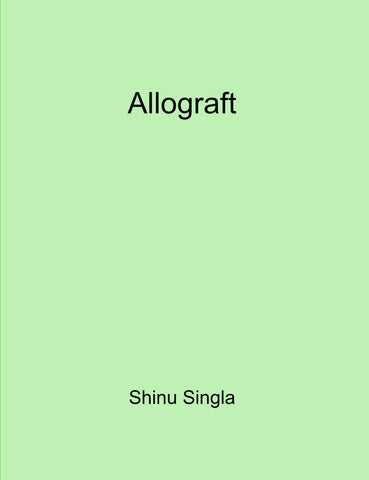
Allograft
Allograft (allo- from greek meaning other, graphion- from the greek meaning scion) is a graft obtained from individuals of the same species but disparate genotype. Allogenic graft materials was introduced in periodontics in the 1970s, while demineralized allogenic freeze dried bone gained wider application in the late 1980s. The possibility of disease transfer, antigenicity and the need for extensive cross matching has allowed the use of fresh frozen bone in modern periodontics. The evidence that freeze drying markedly reduces the antigenicity and other health risks associated with fresh frozen bone, as well as favorable results obtained in the field trials with freeze dried bone allografts (FDBA), have led to the extensive use of freeze dried bone allografts in the treatment of periodontal osseous defects. FDBA provides an osteoconductive scaffold and elicits resorption when implanted in mesenchymal tissues. The blockade of the effect of bone growth stimulating factors sequestered in the bone matrix, like the bone morphogenic proteins, led to the development of demineralized allografts. Demineralization of a bone allograft exposes bone morphogenetic proteins within the bone matrix. These inductive proteins induce a cascade of events leading to cellular differentiation and the formation of bone through osteoinduction by inducing pleuripotential stem cells to differentiate into osteoblasts. This books details the topic of allografts
- Paperback: 112 pages
- Author: Shinu Singla
- Product Dimensions: 8.5 X 11 in
We Also Recommend




